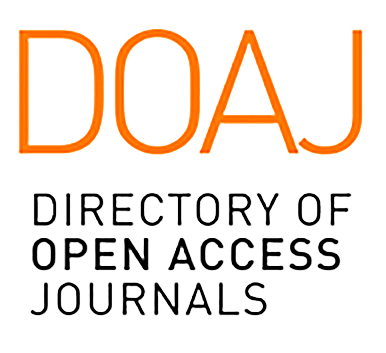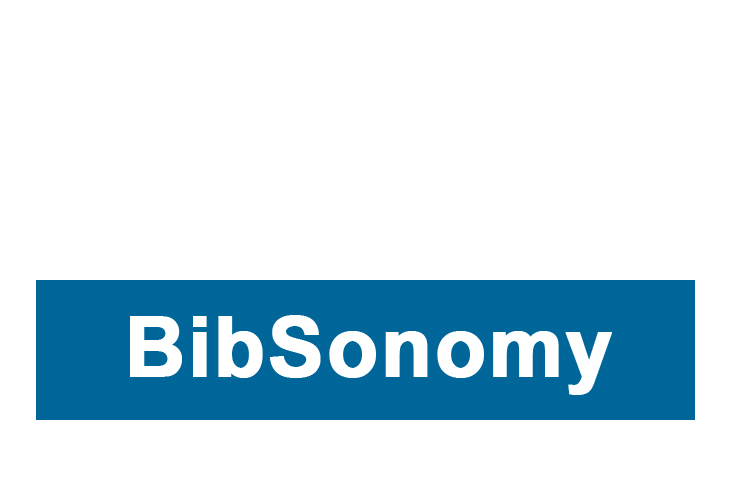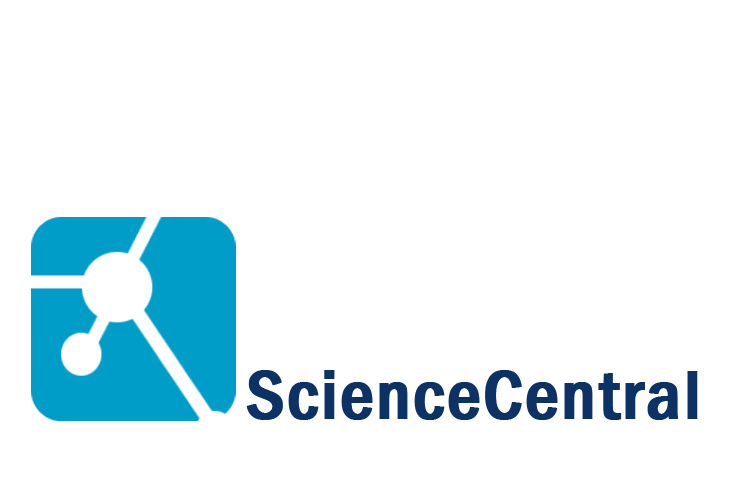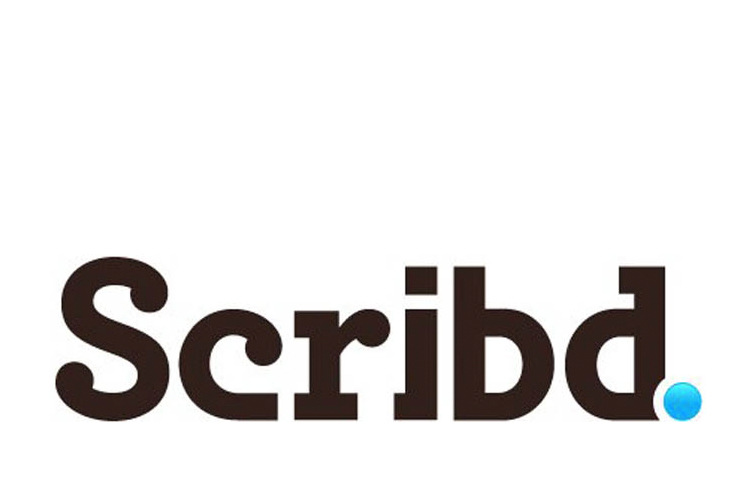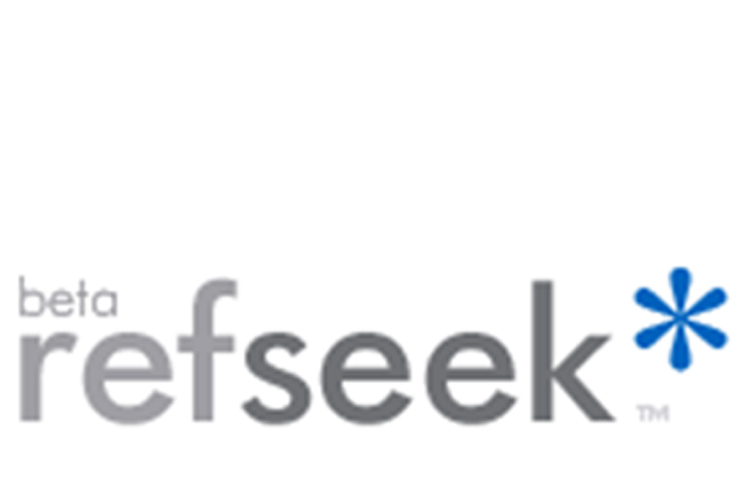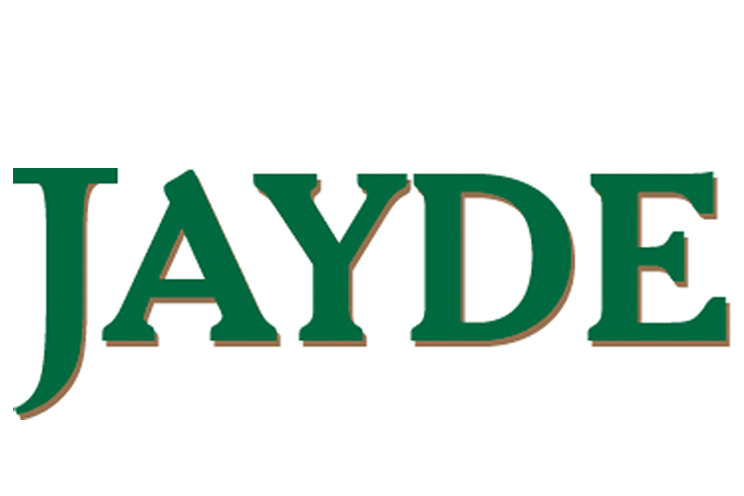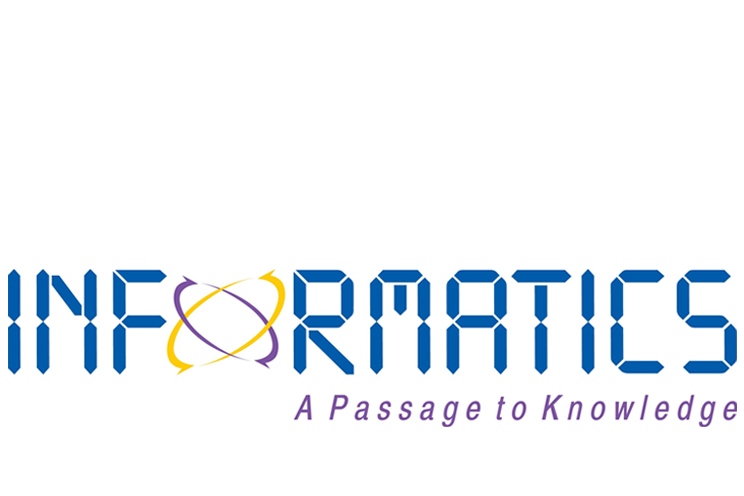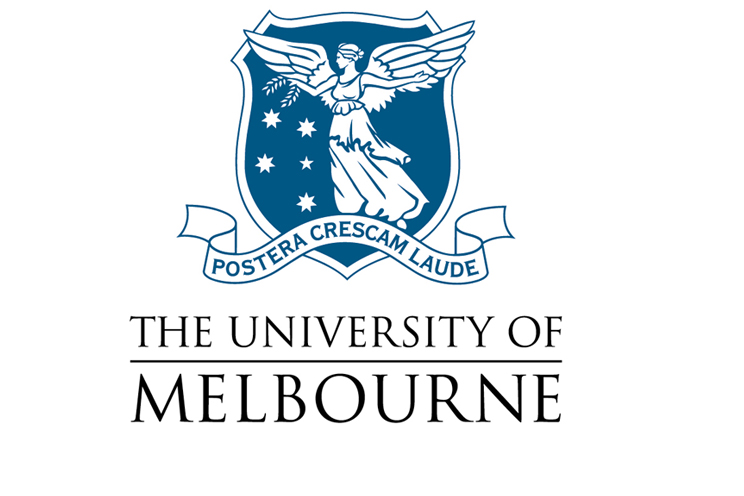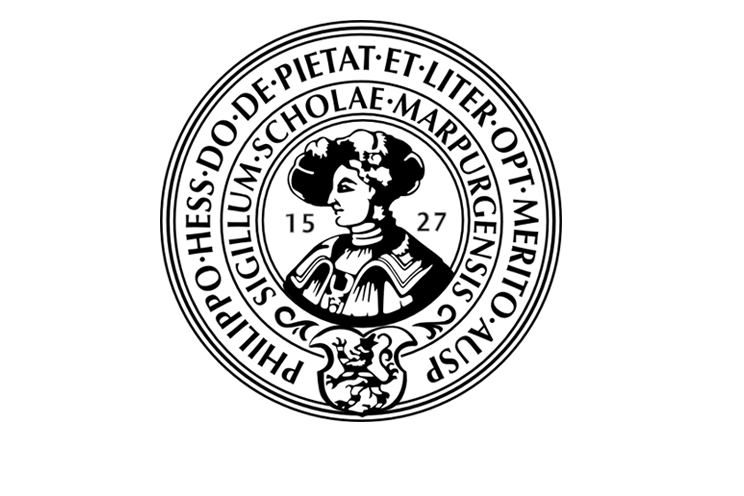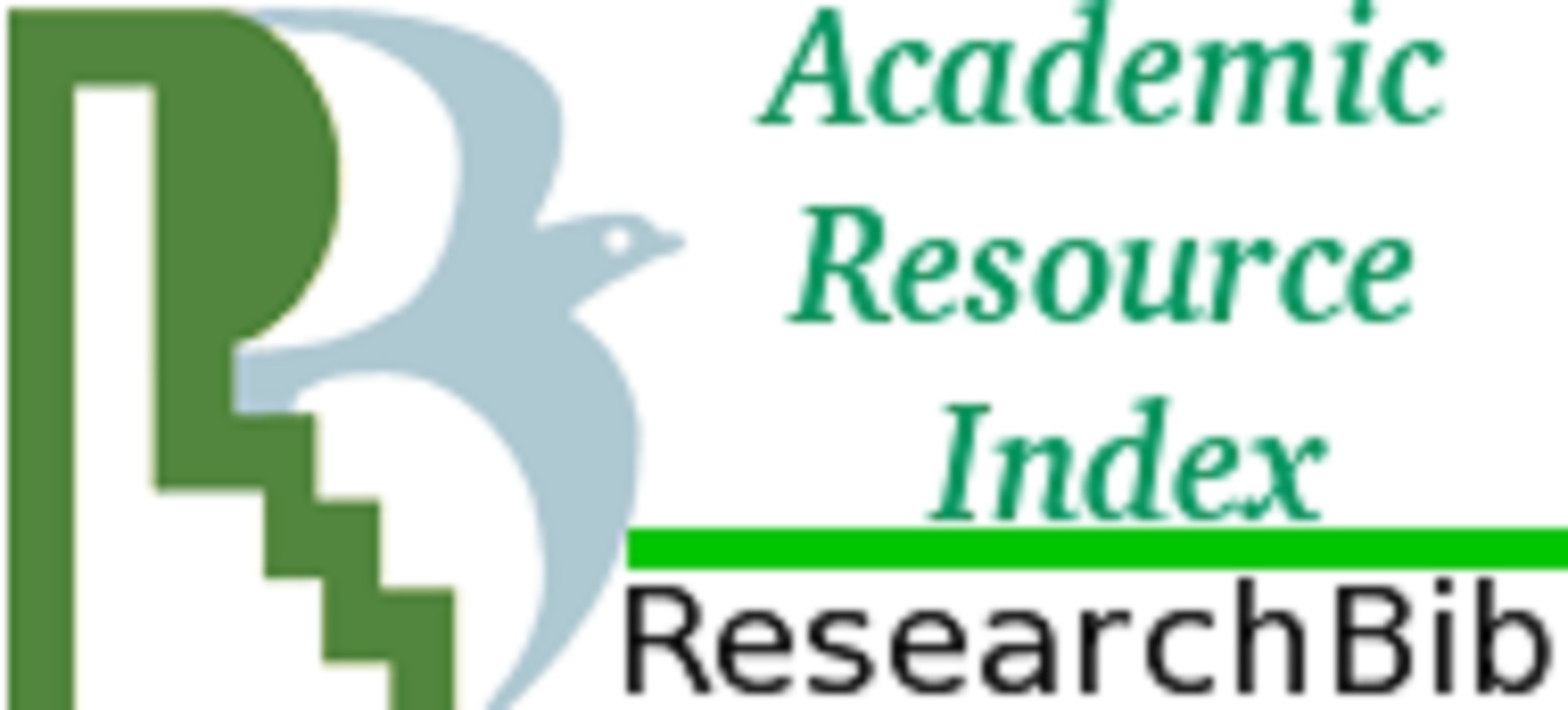Public Paper
-
verified
Level Of Physical Activity In The Patients With Polycystic Ovary Syndrome (Pcos).
ISSN: 2582 - 6751
Publisher: author
Level Of Physical Activity In The Patients With Polycystic Ovary Syndrome (Pcos).
View Paper PDF
Abstract
Goal of the study or Conclusion: In current study it was concluded that polycystic ovary syndrome patients were physically inactive and physical activity level was less in these patient. Due to decreased level of physical activity in patients, many patients became overweight so most of the patients were suffering from the obesity.
SUBMIT CONCEPT ASK QUESTION
International Category Code (ICC):

ICC-0202
Evaluator Publisher Relations Manager
International Journal Address (IPA):

IPA.ZONE/2582123596751
International Article Address (IAA):
IAA.ZONE/2582123596751
Paper Profile:
Private
Visitors: 0
Paper Evaluation: Pending
ASI-Factor: 0
Paper Improving: Pending
Paper Flaws: 0
References
1. March WA, Moore VM, Willson KJ, Phillips DI, Norman RJ, Davies MJ. The prevalence of polycystic ovary syndrome in a community sample assessed under contrasting diagnostic criteria. Human reproduction. 2009;25(2):544-51.
2. Meyer C, McGrath BP, Teede HJ. Overweight women with polycystic ovary syndrome have evidence of subclinical cardiovascular disease. The Journal of Clinical Endocrinology & Metabolism. 2005;90(10):5711-6.
3. Shaw LJ, Bairey Merz CN, Azziz R, Stanczyk FZ, Sopko G, Braunstein GD, et al. Withdrawn: postmenopausal women with a history of irregular menses and elevated androgen measurements at high risk for worsening cardiovascular event-free survival: results from the National Institutes of Health—National heart, lung, and blood institute sponsored women’s ischemia syndrome evaluation. The Journal of Clinical Endocrinology & Metabolism. 2008;93(4):1276-84.
4. Lobo RA, Carmina E. The importance of diagnosing the polycystic ovary syndrome. Ann Intern Med. 2000;132(12):989-93.
5. Teede HJ, Misso ML, Deeks AA, Moran LJ, Stuckey BG, Wong JL, et al. Assessment and management of polycystic ovary syndrome: summary of an evidence‐based guideline. Medical Journal of Australia. 2011;195:S65-S112.
6. Legro RS. Polycystic ovary syndrome: phenotype to genotype. Endocrinology and metabolism clinics of North America. 1999;28(2):379-96.
7. Ehrmann DA. Polycystic ovary syndrome. New England Journal of Medicine. 2005;352(12):1223-36.
8. AL-Faisal A, Mahdi Saber G, editors. Al-Deresawi. 2012. The correlation between thyroid hormones, reproductive hormones, body mass index (BMI) and hirsute in Iraqi women with polycystic ovary syndrome (PCOS). Anbar University. The Second Scientific Conference for Pure Science.
9. Adams J, Polson D, Franks S. Prevalence of polycystic ovaries in women with anovulation and idiopathic hirsutism. Br Med J (Clin Res Ed). 1986;293(6543):355-9.
10. Carmina E, Lobo RA. Polycystic ovary syndrome (PCOS): arguably the most common endocrinopathy is associated with significant morbidity in women. The journal of clinical endocrinology & metabolism. 1999;84(6):1897-9.
11. Flegal KM, Carroll MD, Ogden CL, Johnson CL. Prevalence and trends in obesity among US adults, 1999-2000. Jama. 2002;288(14):1723-7.
12. Kim ES, Im JA, Kim KC, Park JH, Suh SH, Kang ES, et al. Improved insulin sensitivity and adiponectin level after exercise training in obese Korean youth. Obesity. 2007;15(12):3023-30.
13. Zborowski JV, Cauley JA, Talbott EO, Guzick DS, Winters SJ. Bone mineral density, androgens, and the polycystic ovary: the complex and controversial issue of androgenic influence in female bone. The Journal of Clinical Endocrinology & Metabolism. 2000;85(10):3496-506.
14. McKittrick M. Diet and polycystic ovary syndrome. Nutrition today. 2002;37(2):63-9.
15. Thomson RL, Buckley JD, Lim SS, Noakes M, Clifton PM, Norman RJ, et al. Lifestyle management improves quality of life and depression in overweight and obese women with polycystic ovary syndrome. Fertility and sterility. 2010;94(5):1812-6.
16. Harrison CL, Lombard CB, Moran LJ, Teede HJ. Exercise therapy in polycystic ovary syndrome: a systematic review. Human reproduction update. 2010;17(2):171-83.
17. Booth ML, Bauman A, Owen N, Gore CJ. Physical activity preferences, preferred sources of assistance, and perceived barriers to increased activity among physically inactive Australians. Preventive medicine. 1997;26(1):131-7.
18. Banting LK, Gibson-Helm M, Polman R, Teede HJ, Stepto NK. Physical activity and mental health in women with polycystic ovary syndrome. BMC women's health. 2014;14(1):51.
19. Shishehgar F, Tehrani FR, Mirmiran P, Hajian S, Baghestani AR, Moslehi N. Factors influencing physical activity in women with polycystic ovary syndrome in comparison to eumenorrheic non hirsute women. Glob J Health Sci. 2016;8(10):56382.
20. Al-Mahdawi MA, Khadhem HK, Al-Jebori SR. Effect of physical activity on sex hormones in polycystic ovary syndrome Iraqi women. Iraqi Journal of Biotechnology. 2018;17(1):98-107.

